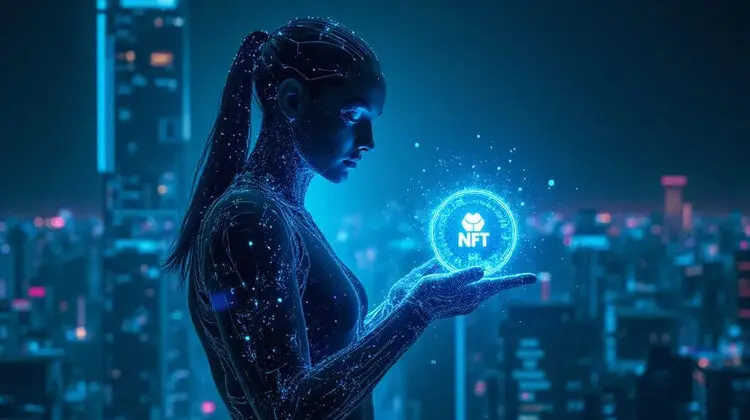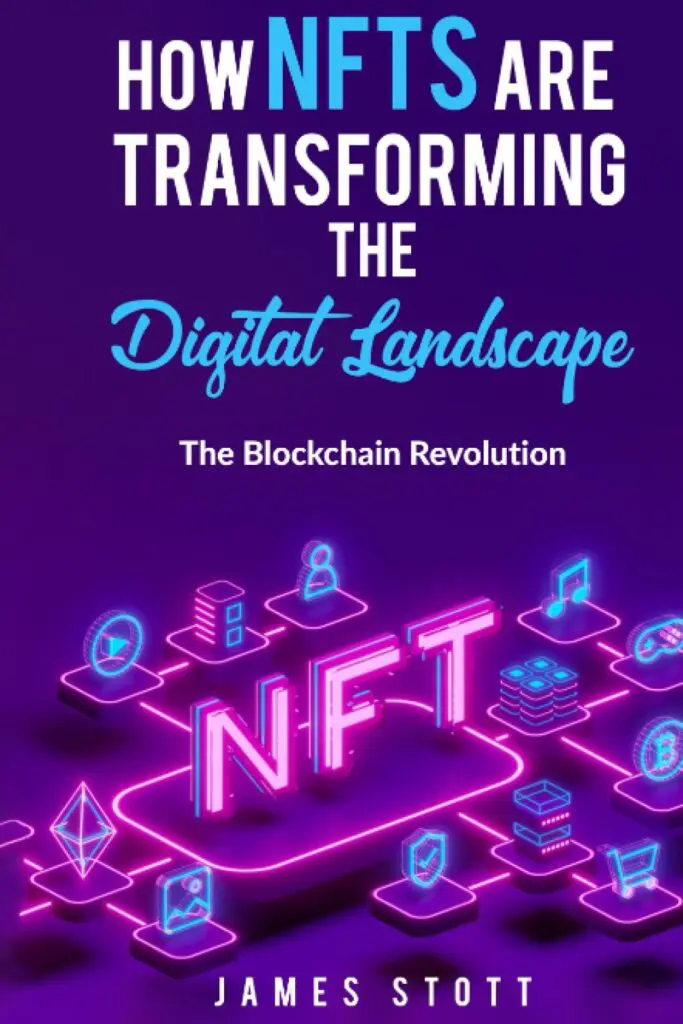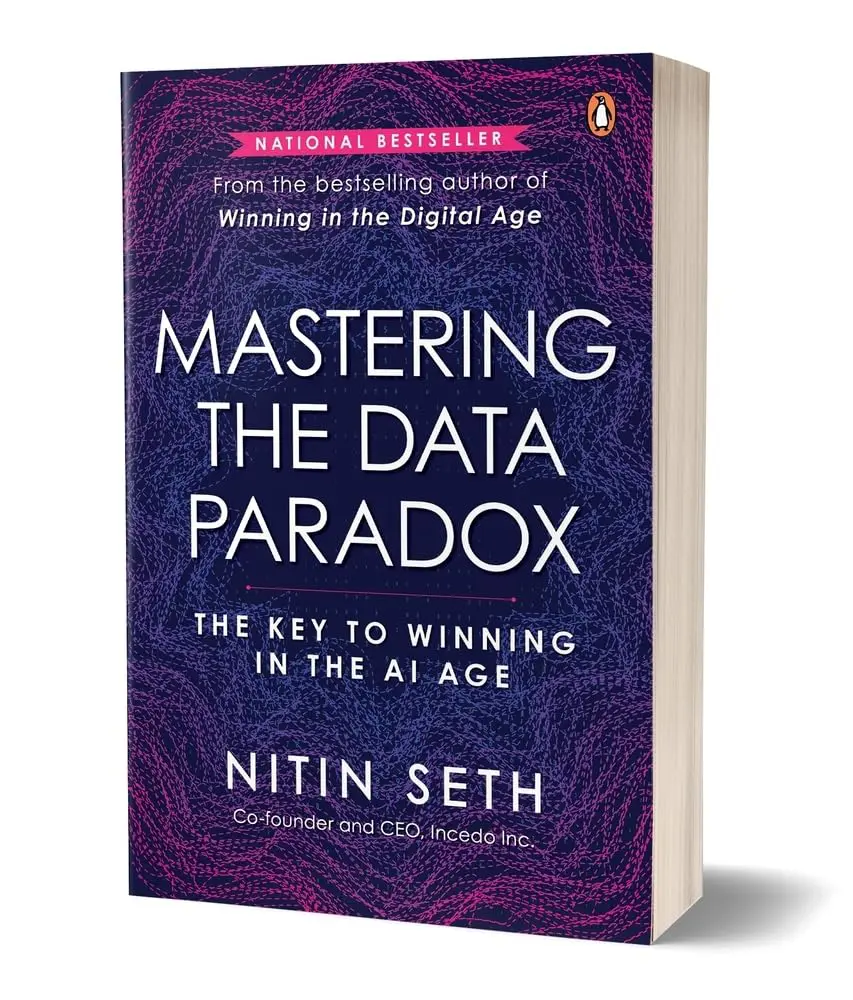The Identity Revolution Has Begun
In a world increasingly driven by digital experiences, **your identity is your passport to everything**—from logging into social platforms and verifying online purchases to accessing financial services and participating in virtual communities.
Yet, traditional systems for managing identity are riddled with issues: centralization, lack of privacy, and constant exposure to hacks and data breaches.
Enter **NFTs (Non-Fungible Tokens)**—the blockchain-based innovation that took the art world by storm is now **quietly reshaping how we define, protect, and prove who we are online**.
This article explores how NFTs are revolutionizing digital identity and authentication—and why this matters more than ever in the digital age.
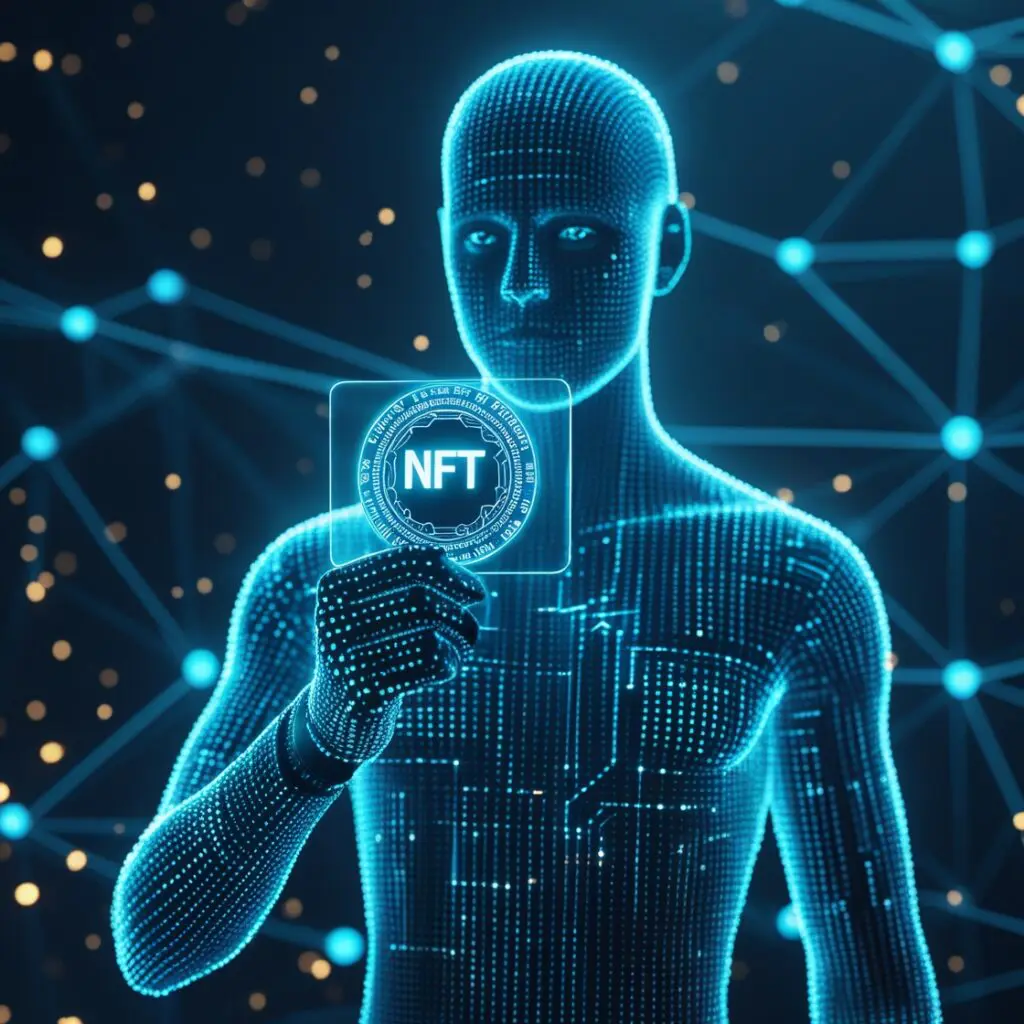
1. What Are NFTs—and Why They Matter for Identity
NFTs are **unique digital assets stored on a blockchain**, making them impossible to replicate or alter without consensus from the network.
Most people associate NFTs with digital art or collectible avatars, but at their core, NFTs represent **verified ownership** and **individual uniqueness**.
That’s exactly what a digital identity needs.
Imagine having a **secure, portable, and verifiable form of identity** that no one can forge, steal, or manipulate—because it’s stored immutably on the blockchain.
That’s what NFTs make possible.
2. The Old vs. the New: Centralized Identity Systems vs. Decentralized Identity
Most of us rely on **centralized identity providers**: Google, Facebook, government-issued IDs, or corporate databases.
These systems are vulnerable:
-Hackable: One breach can expose millions of users’ personal data.
-Controllable: You don’t own your data—the provider does.
-Fragmented**: You use multiple credentials for different platforms.
NFT-based identity, on the other hand, is **decentralized and user-controlled**.
Here’s how it flips the script:
| Traditional Identity | NFT-Based Identity |
| ————————— | ———————————- |
| Centralized servers | Decentralized blockchain |
| Owned by corporations | Owned by the user |
| Password-based | Token-based |
| Siloed across services | Portable and interoperable |
| Vulnerable to data breaches | Secured by cryptographic consensus |
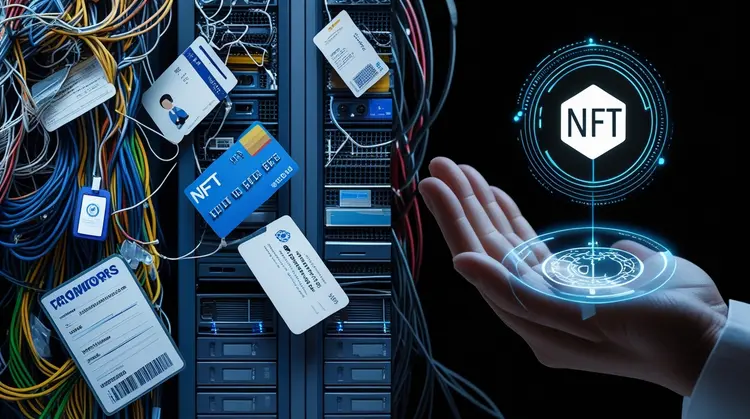
3. How NFTs Enable Secure Authentication
One of the biggest promises of NFTs in identity management lies in **authentication**.
Rather than relying on usernames, passwords, or email verifications, **an NFT can act as a cryptographic key**.
Holding a specific NFT in your wallet can grant access to:
**Web3 apps** (e.g., DeFi platforms, DAOs)
**Exclusive communities**
**Digital certificates**
**Professional licenses**
**Virtual events and metaverses**
This concept, known as **token-gated access**, allows **authentication without revealing personal details**.
Your identity becomes **provable** without becoming **public**.
NFTs can even replace outdated login credentials.
Imagine logging into a platform by connecting your wallet—and the system instantly verifies your role, permissions, or membership status.
No passwords. No phishing risks.

4. Real-World Use Cases: NFTs and Digital Identity in Action
Here’s how NFTs are already transforming identity systems across industries:
🔹 Web3 and Social Identity
Platforms like **Lens Protocol** and **ENS (Ethereum Name Service)** are giving users **blockchain-based profiles** that serve as their universal login credentials across dApps.
* ENS (e.g., alice.eth) can serve as a unique user ID.
* These NFTs are **portable across platforms**, meaning your profile, followers, and content move with you.
🔹 Education and Certification
Universities are issuing **NFT-based diplomas and academic certificates**.
These credentials can be verified instantly by employers without having to call a registrar’s office.
* Example: MIT and other schools experimenting with blockchain degrees.
🔹 Access Control and Event Tickets
NFTs are being used as **digital tickets** that grant entrance to both physical and virtual events.
These tickets are:
**Non-transferable (if desired)**,
**Verifiable on-chain**, and
**Can include built-in rules (e.g., VIP status).
🔹 Digital Passports and National ID
Some governments and private sectors are exploring **NFT-powered identity cards**.
These can include biometric data and verification for secure international travel and services.
* Estonia and the UAE are early adopters of blockchain identity tech.
🔹 Gaming and Metaverse Avatars
In virtual worlds like Decentraland or The Sandbox, your **avatar, clothing, status, and digital land** are NFTs.
These become **extensions of your identity**, usable across ecosystems.
5. Why NFT-Based Identity Is a Game-Changer
Let’s break down the core benefits of NFTs in digital identity:
✅ Ownership and Control
You own your NFT-based ID just like you own a physical passport.
It lives in your wallet, not on someone else’s server.
✅ Privacy and Selective Disclosure
Unlike traditional systems, you can prove facts (e.g., you’re over 21) **without revealing everything else** about your identity.
✅ Interoperability
One NFT can grant you access to multiple platforms, reducing friction and streamlining user experiences.
✅ Resistance to Fraud
Blockchain ensures NFTs cannot be forged or duplicated, reducing the chances of identity theft or credential fraud.
✅ Automation via Smart Contracts
NFT identities can interact with smart contracts to **automate approvals**, role assignments, or access to specific services.

6. The Rise of Soulbound Tokens and Verifiable Credentials
The next evolution of identity NFTs is **Soulbound Tokens (SBTs)**—non-transferable NFTs that represent **your reputation, achievements, or personal identifiers**.
Imagine:
A **Soulbound diploma** from Harvard.
B **non-transferable NFT license** for practicing law or medicine.
An **on-chain reputation score** based on your community contributions.
SBTs prevent identity fraud by being permanently linked to your wallet** and not sellable or transferable.
Additionally, **Verifiable Credentials** issued via NFT formats (e.g., using W3C standards) allow people and institutions to **verify your claims without exposing personal details**.
7. Current Challenges and Limitations
Despite all the promise, NFT identity is not without challenges:
🔸 Privacy Risks
Public blockchains mean anyone can see your NFTs.
If not designed carefully, they may expose more than they protect.
🔸 Technical Complexity
Users must understand wallets, seed phrases, gas fees, and chains—barriers for mass adoption.
🔸 Interoperability Gaps
Not all platforms support identity NFTs yet.
Cross-chain solutions are still evolving.
🔸 Legal and Regulatory Issues
Who owns the data?
Are these NFTs legally binding?
Governments and regulators are still catching up.
8. How to Get Started with NFT Identity Today
Want to dip your toes into NFT-based identity?
Here’s how to start:
Step 1: Set Up a Wallet
Install a **non-custodial wallet** like MetaMask, Trust Wallet, or Coinbase Wallet.
Step 2: Claim a Decentralized ID
Try services like:
Ethereum Name Service (ENS): Create a name like `yourname.eth`
Unstoppable Domains: Claim your Web3 identity domain
Step 3: Explore Web3 Social Platforms
- Join platforms like:
- Lens Protocol
- CyberConnect
- Orbis
These let you build social profiles and follow networks using NFTs.
Step 4: Manage Credentials with Care**
Use privacy-preserving tools like **zk-SNARKs** or **Soulbound Tokens** when available, and **never expose your private keys**.
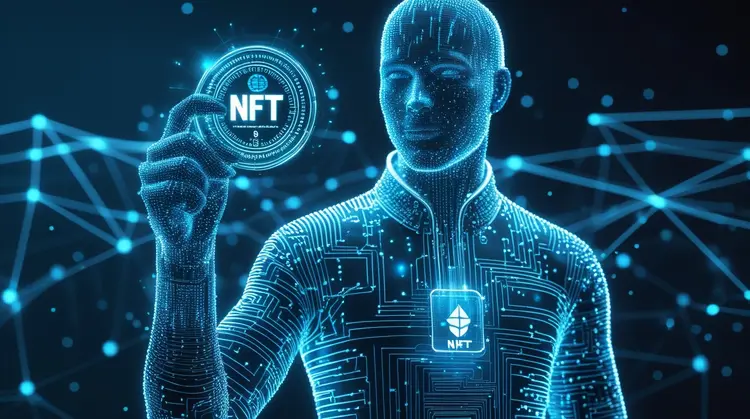
9. The Future: NFTs, AI, and Decentralized Identity Ecosystems
The future is heading toward **AI-driven, self-sovereign identity systems** where NFTs play a central role.
Here’s what’s on the horizon:
- AI-verified credentials** stored as NFTs.
- Cross-border ID systems** managed by international organizations on the blockchain.
- Health passports**, **carbon credit identities**, and even **digital wills** issued via NFTs.
- Integrated digital wallets** that hold everything from your identity to licenses, loyalty points, and assets—**all verifiable by NFT standards**.
Companies like **Microsoft, IBM, and ConsenSys** are already developing infrastructure to support this shift.
Conclusion: The Age of NFT Identity Is Here
We are witnessing a **profound shift in how identity and authentication work online**.
From static, vulnerable data stored on corporate servers, we are moving toward **dynamic, secure, and self-owned identities powered by NFTs**.
This is not just a trend—it’s a **tectonic change** that affects everything from how you log in, to how you prove your qualifications, to how you participate in the digital economy.
**If Web2 gave us access, Web3—fueled by NFTs—is giving us ownership.**
Now is the time to explore, experiment, and prepare for a world where **your identity is truly yours**—secure, decentralized, and future-ready.


